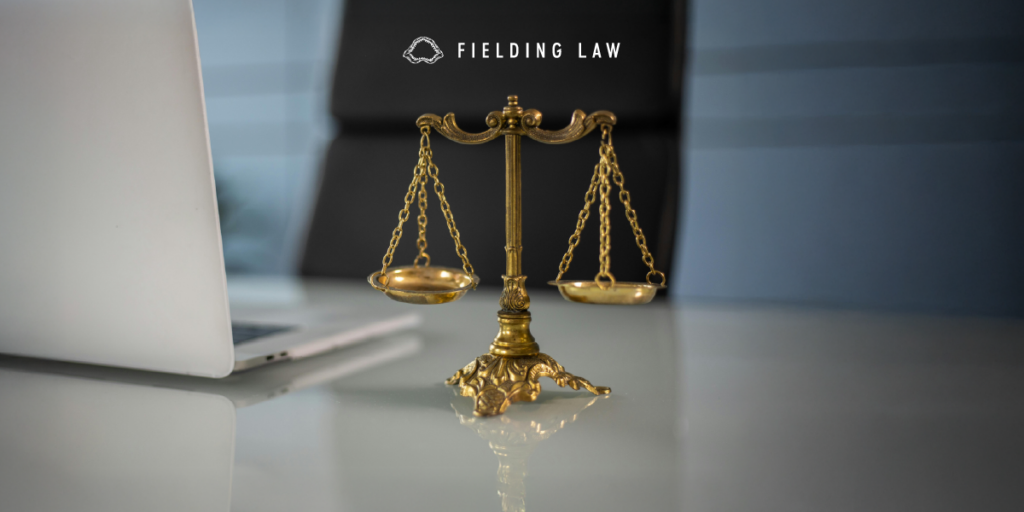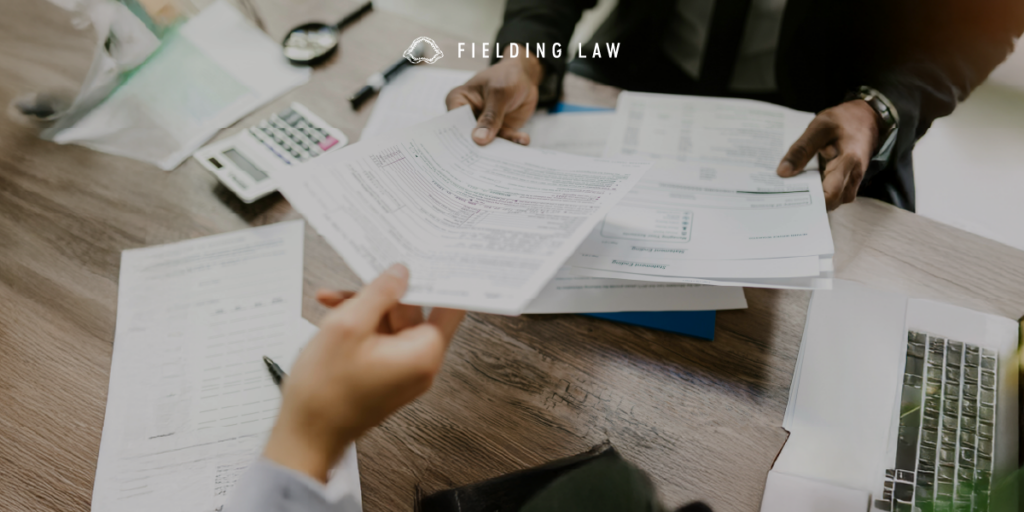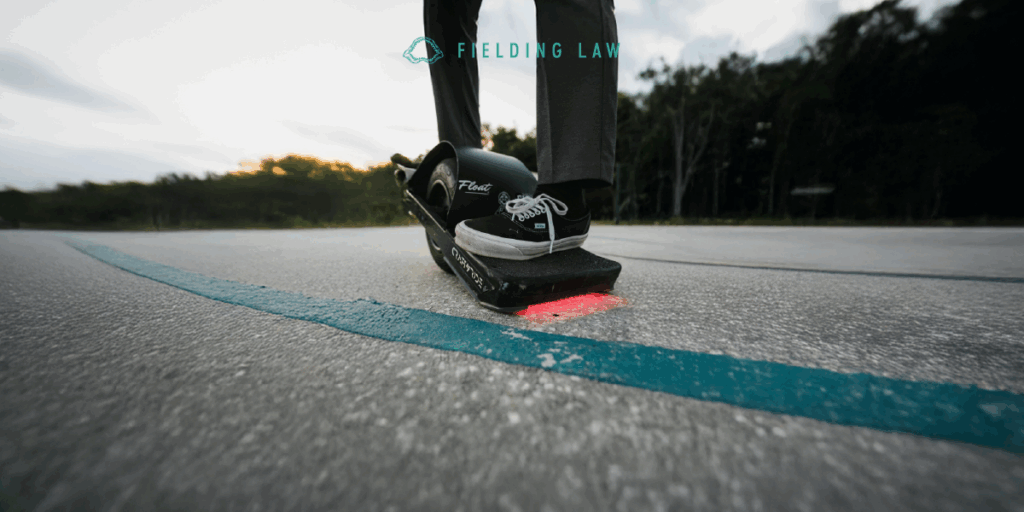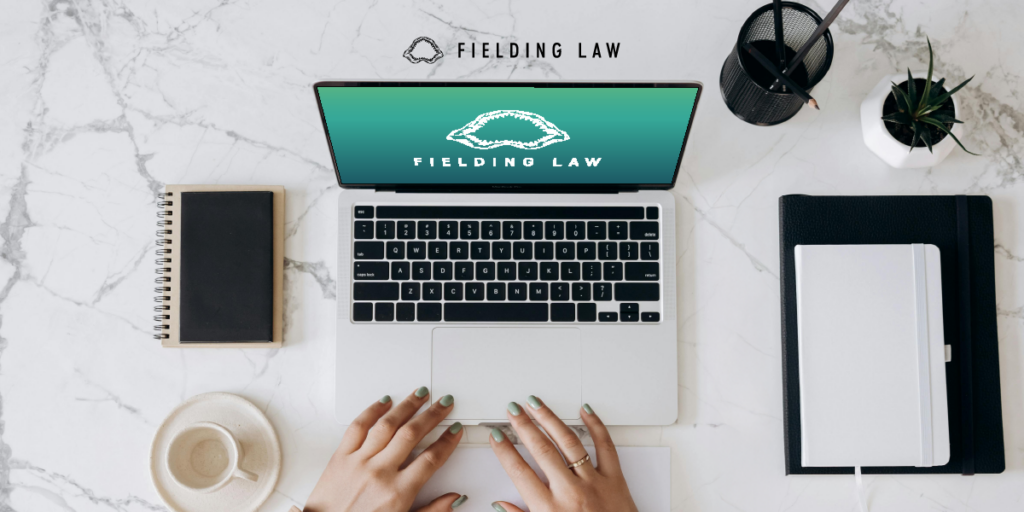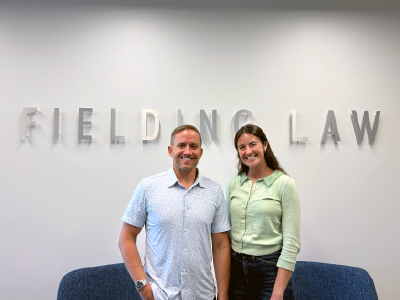Si has sufrido una lesión debido a un accidente o condiciones inseguras, reportar tu lesión correctamente es fundamental. Ya sea un accidente de auto, una caída o una lesión en el trabajo, saber a quién debes reportar el incidente y qué detalles incluir puede ayudarte a proteger tus derechos y asegurarte de recibir la compensación que mereces. En este blog, te guiaremos sobre a quién debes reportar tu lesión y qué debe incluir el informe.
Si tu lesión ocurrió en la propiedad de otra persona, como en una tienda, un restaurante o una acera, el propietario o administrador de la propiedad es la primera persona a la que debes notificar.
Por Qué Es Importante:
Informar al propietario o administrador de la propiedad crea un registro del incidente y les da la oportunidad de documentar los detalles. Esto ayuda a asegurar que la lesión sea reconocida oficialmente, y el propietario puede presentar un informe interno para su compañía de seguros.
Reportar la lesión también te ayuda a demostrar que ocurrió en su propiedad, lo cual es vital para probar la responsabilidad si decides presentar una reclamación o demanda.
Qué Incluir en el Informe:
- Fecha, hora y lugar de la lesión
- Descripción de lo que causó la lesión (por ejemplo, piso resbaladizo, pavimento irregular)
- Nombres e información de contacto de los testigos
- Fotografías de la condición peligrosa (si es posible)
2. Reporta a las Autoridades (si es necesario)
En algunos casos, especialmente si la lesión es grave o involucra una condición peligrosa (como un accidente de auto o una caída en un espacio público), puede que quieras involucrar a las autoridades.
Por Qué Es Importante:
Un informe policial sirve como un relato oficial del incidente. Esto puede ser útil para verificar los hechos, recopilar declaraciones de testigos y proporcionar una fuente confiable de información si necesitas tomar acciones legales.
Además, las autoridades pueden ayudar a resolver cualquier problema de seguridad vigente que pueda representar un riesgo para otras personas.
Qué Incluir en el Informe:
- Descripción detallada de la lesión
- Causa del accidente o condición insegura
- Declaraciones de testigos (si están disponibles)
- Atención médica requerida en el lugar
3. Reporta a Tu Compañía de Seguros (Para accidentes de auto o en el hogar)
Si la lesión está relacionada con un accidente de auto, un accidente en el hogar u otra situación donde tengas cobertura de lesiones personales, es crucial que reportes la lesión a tu compañía de seguros. Sin embargo, antes de contactar a la compañía de seguros, es importante que contactes a Fielding Law. Podemos guiarte durante el proceso y ayudarte a proteger tus derechos. No des ninguna declaración sobre tus lesiones a la compañía de seguros antes de consultarnos. Las compañías de seguros pueden usar tu declaración en tu contra, y queremos asegurarnos de que tu caso se maneje correctamente desde el principio.
Por Qué Es Importante:
Tu póliza de seguro puede cubrir gastos médicos, salarios perdidos u otros daños relacionados con la lesión. Reportar el incidente a tu aseguradora garantiza que el proceso de reclamación comience rápidamente y ayuda a asegurar que recibas apoyo económico mientras te recuperas.
Qué Incluir en el Informe:
- Fecha, hora y lugar del accidente
- Descripción de lo que sucedió
- Cualquier foto, informe policial o declaración de testigos que pueda apoyar tu reclamación
4. Reporta a los Proveedores de Salud
Buscar atención médica después de una lesión no solo es fundamental para tu salud, sino también para crear documentación oficial de la lesión. Los informes médicos servirán como evidencia en tu caso si necesitas presentar una reclamación o demanda.
Por Qué Es Importante:
Los médicos pueden evaluar la gravedad de tus lesiones, brindarte tratamiento y crear registros médicos que respalden tus reclamaciones. Esta documentación es esencial para demostrar la severidad de la lesión, el tratamiento requerido y cómo la lesión afecta tu vida diaria.
Qué Incluir en el Informe:
- Detalles sobre la lesión y cómo ocurrió
- Cualquier síntoma que estés experimentando (dolor, hinchazón, etc.)
- Tratamiento y cuidado que has recibido
- Tiempo esperado de recuperación
Si has sufrido una lesión en el trabajo, debes reportar el incidente a tu empleador o supervisor de inmediato. En muchos casos, esto es un requisito legal y es fundamental para las reclamaciones de compensación laboral.
Por Qué Es Importante:
Reportar las lesiones en el trabajo rápidamente permite que tu empleador presente una reclamación con su seguro de compensación laboral. Esto garantiza que puedas recibir compensación por salarios perdidos, tratamiento médico y otros daños relacionados con la lesión.
Qué Incluir en el Informe:
- Descripción detallada de la lesión y cómo ocurrió
- Nombres e información de contacto de cualquier testigo
- Tratamiento médico que has recibido o necesitas
- El impacto que la lesión tiene en tu capacidad para realizar tu trabajo
En Resumen
Reportar tu lesión correctamente es un paso crucial para asegurarte de recibir la compensación y atención médica que mereces. Ya sea reportando al propietario de la propiedad, a las autoridades, a tu compañía de seguros o a tu empleador, el objetivo es crear un registro claro y oficial del incidente y la lesión.
En Fielding Law, entendemos la importancia de esta documentación y estamos aquí para guiarte durante todo el proceso. Si necesitas ayuda para reportar una lesión o presentar una reclamación, no dudes en contactarnos. Estamos aquí para ayudarte a obtener la justicia y compensación que mereces.
¿Por Qué Contratar a Fielding Law?
En Fielding Law, estamos comprometidos a ayudar a nuestros clientes a navegar el complejo mundo de las reclamaciones por lesiones personales. Entendemos las complejidades del proceso de reporte y podemos brindarte la orientación que necesitas para asegurar que tus derechos estén protegidos.
Si has sufrido una lesión, contáctanos al 833.88.SHARK para una consulta gratuita disponible las 24 horas, los 7 días de la semana. Déjanos encargarnos de los aspectos legales mientras tú te enfocas en tu recuperación.
